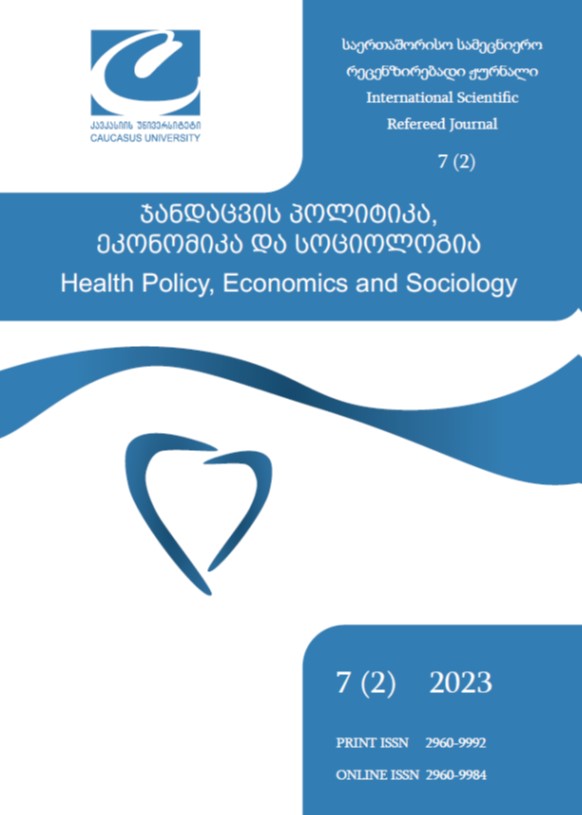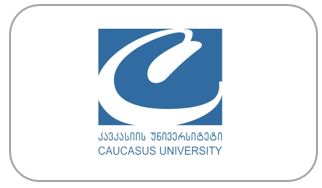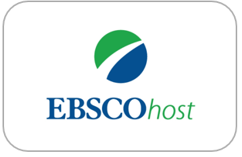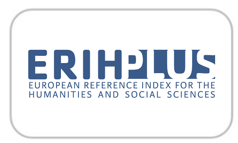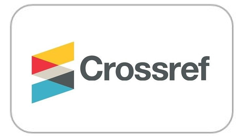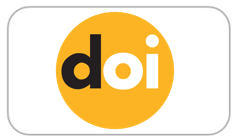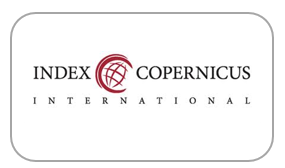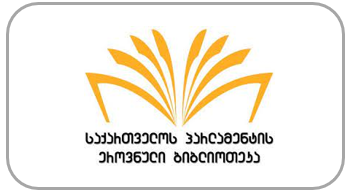ფარმაკოზედამხედველობის მნიშვნელობა ჯანმრთელობის დაცვის სისტემაში და მისი როლი ჯანმრთელობის დაცვის პროგრამებში
DOI:
https://doi.org/10.52340/healthecosoc.2023.07.02.10საკვანძო სიტყვები:
მედიკამენტების რაციონალური გამოყენება, საზოგადოებრივი ჯანმრთელობა, ფარმაკოზედამხედველობაანოტაცია
ფარმაკოზედამხედველობის (ცნობილი ასევე როგორც წამლის უსაფრთხოება) როლი საზოგადოებრივი ჯანმრთელობის დაცვაში საყოველთაოდ არის აღიარებული. ფარმაკოზედამხედველობა არის ინსტრუმენტი, რომლითაც ვზრუნავთ პაციენტის უსაფრთხოებაზე. არავის სურს ზიანი მიაყენოს პაციენტს, მაგრამ ნებისმიერ წამალს შეუძლია ამის გამოწვევა. ეფექტური ფარმაკოზედამხედველობის სისტემის დანერგვა აუცილებელია ყველა ქვეყანაში მედიკამენტების რაციონალური და უსაფრთხო გამოყენებისთვის, ასევე ის ხელს შეუწყობს საზოგადოებრივი ჯანმრთელობის დაცვის პროგრამების ეფექტურობას და მოსახლეობის ნდობის ამაღლებას მათი ქვეყნის ჯანდაცვის პოლიტიკის მიმართ. მსოფლიოში, მიუხედავად ფარმაკოზედამხედველობის მიმართულებით მიღწეული პროგრესისა, წამლის გვერდითი რეაქციები კვლავაც ტვირთად აწევს საზოგადოებრივ ჯანდაცვას. ფარმაკოეკონომიკური კვლევები, წამლის გვერდითი რეაქციების ხარჯების შესახებ, აჩვენებს რომ სახელმწიფოები მნიშვნელოვან თანხას ხარჯავენ ჯანდაცვის ბიუჯეტიდან წამლის გვერდითი რეაქციებთან დაკავშირებული ხარჯების დასაფარად. საზოგადოებრივი ჯანმრთელობის სიტემაში კარგად ინტეგრირებული ფარმაკოზედამხედველობის სისტემა წამლის გამოყენებასთან დაკავშირებული რისკების აღმოჩენით და ადექვატური მართვის სტრატეგიით დაზოგავს ხარჯებს, რაც ხელს შეუწყობს მედიკამენტის რისკის და სარგებლის უკეთ შეფასებას, პაციენტების ინფორმირებას და საბოლოო ჯამში დაეხმარება ჯანმრთელობის დაცვის პროგრამას მიზნის მიღწევაში. ის არის ასევე ერთგვარი დაზღვევა თავიდან ავირიდოთ ფალსიფიცირებული, არაეფექტური და არასტანდარტული მედიკამენტების გამოყენება და შევამციროთ რესურსების არარაციონალურად გამოყენება.
წყაროები
Berlin JA, Glasser SC, Ellenberg SS (2008) Adverse Event Detection in Drug Development: Recommendations and Obligations Beyond Phase 3. Am J Public Health 98: 1366-1371.
Effective communications in Pharmacovigilance. The Erice Report. International Conference on Developing Effective Communications in Pharmacovigilance, Erice, Sicily, 24-27 September 1997, at which a policy statement was drawn up known as The Erice Declaration.
Food and Drug Administration (2005) Guidance for Industry, Premarketing Risk Assessment.
Kim JH, Scialli AR (2011) Thalidomide: the tragedy of birth defects and the effective treatment of disease. Toxicol Sci 122: 1-6.
Krumholz HM, Hines HH (2007) What have we learnt from Vioxx?. BMJ 334: 120-123.
Naranjo CA, Busto U, Sellers EM (1982) Difficulties in assessing adverse drug reactions in clinical trials. Prog Neuropsychopharmacol Biol Psychiatry 6: 651-657.
Lazarou J, Pomeranz BH, Corey PN. Incidence of adverse drug reactions in hospitalised patients: a meta-analysis of prospective studies. Journal of the American Medical Association, 1998, 279:1200–1205.
Pirmohamed M, et al. Adverse drug reactions as cause of admission to hospital: prospective analysis of 18 820 patients. British Medical Journal, 2004, 329:15–19.
World Health Organization. Quality Assurance and Safety of Medicines Team. (2006). The safety of medicines in public health programmes : pharmacovigilance, an essential tool.
World Health Organization (2015) Fast facts on Pharmacovigilance.
World Health Organization (2002) The Importance of Pharmacovigilance-Safety Monitoring of Medicinal Products.
ჩამოტვირთვები
გამოქვეყნებული
როგორ უნდა ციტირება
გამოცემა
სექცია
ლიცენზია

ეს ნამუშევარი ლიცენზირებულია Creative Commons Attribution-ShareAlike 4.0 საერთაშორისო ლიცენზიით .
